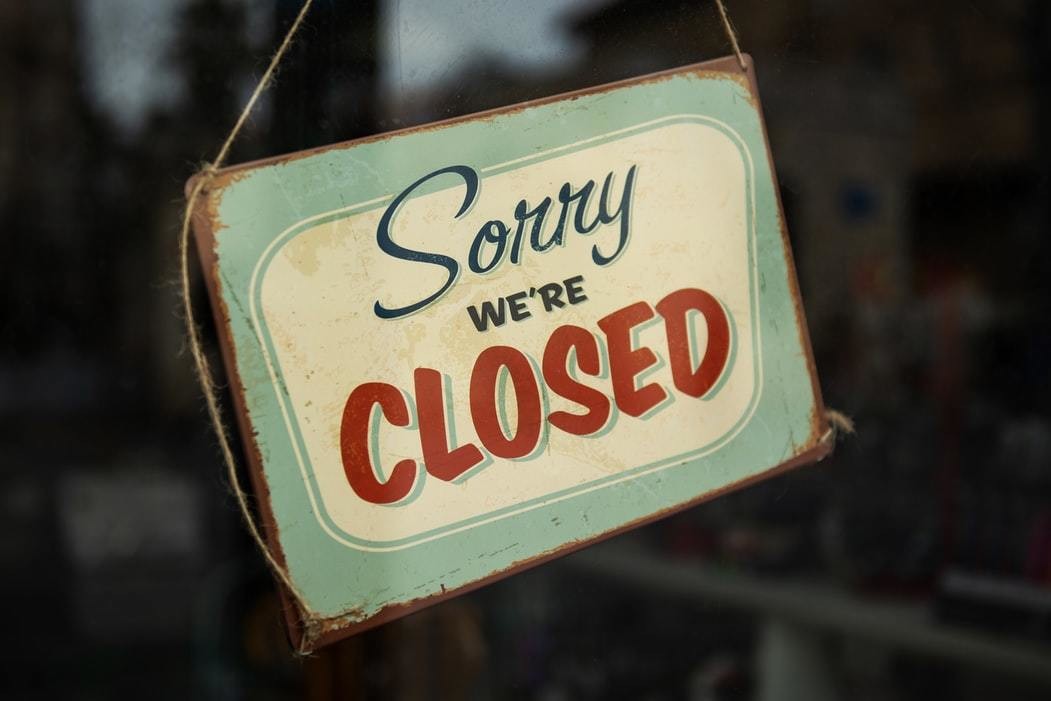The Current Cost Crisis for Small Businesses
Guest post by Brett A. Friedman, CFP, DeLeon & Stang CPAs
The Current Cost Crisis for Small Businesses
Inflation rates and supply chain costs are on an unprecedented rise. With several global factors in play, there’s no estimate for when costs will return to normal. In fact, it will most likely last longer and worsen before it gets better.
Because of this outlook, it’s essential for you and your business to be prepared. Here’s what you need to know and a few ways to mitigate the ever-growing inflation rates and supply chain issues.
 What’s Behind the Cost Crisis?
What’s Behind the Cost Crisis?
Supply chain disruptions began when the world entered lockdown at the start of the pandemic and have persisted through new variants and lockdowns, sparking higher levels of inflation. Although cases of COVID-19 have lessened in some areas, the war in Ukraine is straining global economies, and new lockdown protocols in China have shut down the ports and disrupted the supply chain even more.
The New York Times says a return to a pre-pandemic supply chain and inflation levels may not be feasible. If left unaddressed, the impact of inflation and supply chain costs could be detrimental to your business.
How Small Businesses Can Handle the Cost Crisis
The most crucial action any business can take is to plan. But in this constantly changing market, what does planning look like? It looks like putting your customer at the center of that plan. It means not just creating a plan but reviewing your plan and progress more frequently, and it means having a plan B.
Put Your Customer at the Center
In your plan, make your customers your primary focus. All actions should be made with them in mind. After all, a business is in business to sell products or services to its customers. Focus on things that could affect your customers, such as suppliers, partners, and marketplace disruptions.
With them in mind, determine which products your company cannot lose and which can be sacrificed. For those items that cannot be sacrificed, create designated teams to communicate with those critical suppliers and partners so that your small business can stay ahead of issues and disruptions.
Review Your Plan & Progress More Frequently
When creating your plan, it’s essential to consider how you’ll measure success. For a plan to be successful in a constantly changing marketplace means checking in on the progress of that plan more frequently. This will allow you to make changes with inflation rates so that they slowly eat into your company’s profits.
How often should you check the progress of your plan? Checking in on a single transaction is probably overkill (and it won’t give you the larger picture.) But once a quarter, review your numbers, particularly those for sales vs. profit/loss. Also, bi-yearly or yearly, audit your expenses. When should you be worried and take action? When reviewing those numbers, if the number of wins is going up without an increase in profits. Or if the business is stable, and your net profit is going down.
Create a Plan B
What happens if the business simply can’t get that critical item you’ve established? This is where having a plan B comes in. Plan B may mean having an alternative vendor for the same product, or it may mean planning to proactively communicate to customers to set expectations. Ultimately, for any of those essential items, you’ll need a Plan B so that you won’t be left scrambling when things don’t go according to plan.
Questions
Have questions about how the cost crisis and supply chain issues may affect your growing business? One of our business advisory experts is ready to help. Contact Us.
